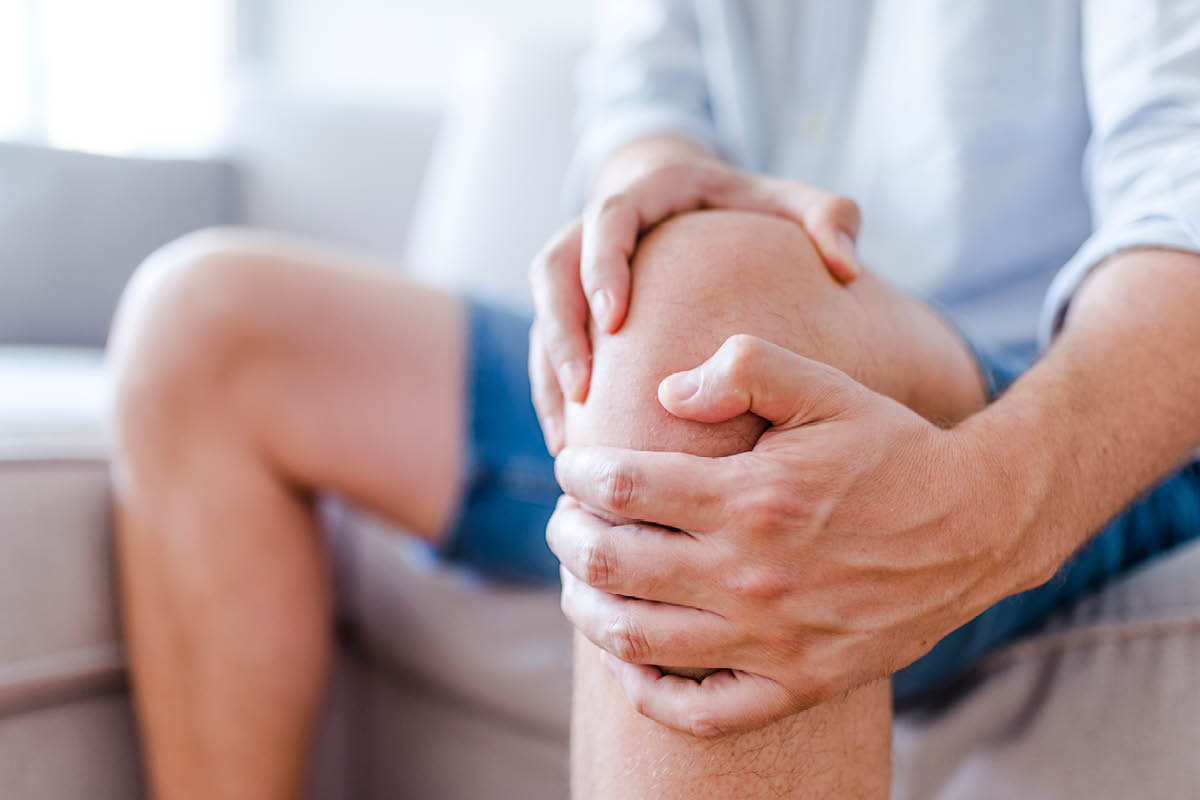Psoriatic arthritis can be described as an autoimmune condition. This means that the immune system mistakenly identifies healthy cells as foreign invaders, and attacks them. This can cause inflammation and swelling in the joints, which can lead to stiffness and chronic joint pain. These symptoms are often associated with psoriatic arthritis and affect the small joints of the fingers, wrists and toes as well as the knees.
Although there is no cure, treatment can help alleviate symptoms, prevent further progression and improve your quality of life. Susan M. Goodman MD, a New York City rheumatologist, says that targeted and disease-modifying therapies are the best way to relieve joint pain.
There are many options for treating psoriatic inflammation. These options have changed over time. Dr. Goodman says that there are more options than ever in terms of psoriatic arthritis medications and targeted therapies.
These steps can be added to your overall management plan to help with psoriatic arthritis. They will also help with chronic joint pain. These six strategies are recommended by experts.
1. You can use both heat and cold therapies
Both heat and cold therapy are easy and affordable ways to relieve joint pain. They can be used at work or at home.
Goodman says that heat and cold can provide relief. Cold therapy can also help to cool you down after exercising, which can make it easier to stick with a workout routine.
Ice therapy, such as an electric blanket or ice bath can reduce blood vessel swelling and dull nerve sensations. A bag of frozen vegetables can be used to treat aching joints in a pinch.
Heating therapy such as a hot bath or heating pad can increase blood circulation. This allows blood to flow freely to your joints, and surrounding muscles, which can help to loosen them up. For stiff joints, heat therapy is particularly helpful.
2. Keep active and maintain a healthy weight
Regular exercise can help with psoriatic arthritis. In a November 2017 study, Clinical Rheumatology published a study that found regular exercise reduced pain and improved physical function for people with psoriatic.
Regular exercise is a great way to maintain a healthy weight and manage chronic joint pain. Extra weight can strain the joints, especially in the hips and knees.
You may find that certain exercises are more appropriate depending on your situation. Water aerobics, for example, is great for people who have pain in their ankles, knees, and toes. It doesn’t place pressure or stress on these joints. It may be helpful to do daily stretching and range of motion exercises.
Talk to a physical therapist about creating an exercise program that suits your needs. Goodman explains that a physical therapist may be able to design a program to restore motion to your shoulder. A core-strengthening program can be very helpful for those suffering from low back inflammation.
Take it slow and be careful not to overdo it. Goodman says that while joint inflammation can be active, intense exercise can cause pain. People with psoriatic arthritis should trust their bodies and not do any exercise that is uncomfortable or painful.
3. Strengthen Muscles
You probably picture exercise as aerobic activities like dancing or walking. However, building muscle strength can reduce stress and pressure on your joints. Your muscles will be able to support your joints better and prevent injury and swelling.
Weight training is as easy as using handweights to do shoulder presses and bicep curls, or your own weight to do squats. To avoid aggravating symptoms of psoriatica, the Arthritis Foundation suggests lighter weights and more repetitions.
4. Other Therapies
Many people with psoriatic arthritis use complementary and alternative therapies to relieve symptoms such as chronic joint pain. However, there is not much evidence to support these benefits, Goodman says. You may have to try them to determine if they improve your symptoms. Try these:
- The Arthritis Foundation recommends massage therapy as a way to relieve joint stiffness, pain, and increase range of motion. However, you should reschedule if your symptoms flare up. Your joints might be particularly tender and sensitive.
- Hydrotherapy is a way to reduce inflammation and swelling by taking warm baths, using warm-water pools or saunas.
- Acupuncture is a procedure that involves inserting needles into specific parts of the body. It can stimulate and release natural painkillers like adenosine and endorphins.
- Turmeric, a traditional spice, is believed to reduce inflammation.
5. Get assistance
There are many assistive devices that can make living with psoriaticarthritis easier. You might want to stock up on these essentials.
- Automatic can opener. This simple tool is useful for meal prep. It reduces range of motion, swelling, or deformities in your fingers and hands.
- Step stools. These can be used to prevent you from slipping and falling around the house. To ensure your safety, make sure that you have one that is stable.
- Braces and splints. A brace or splint is a device that provides support to the affected joints, such as the wrists, elbows, ankles and knees.
- Placard or license plate for disabled people. There’s no need to wait for a spot or walk across uneven parking lots. Ask your doctor whether you are eligible to receive a disability license.
6. Follow your Treatment Plan
Although it may seem obvious, following a prescribed treatment plan can be difficult. Many people put too much stress on their joints and continue to live a lifestyle that makes their condition worse. They forget to take their medication or stop taking them altogether.
Talk to your doctor if you are having difficulty adhering to your treatment for psoriatic arthritis. You can work together to create a treatment plan that suits your needs and lifestyle.
Goodman adds, “Part of my job as a rheumatologist involves helping you to vet new information and determine which treatments have scientific support.”
Nina Wasserman also contributed additional reporting.
Learn more about Psoriatic Arthritis
Here are some ways to better manage psoriatic arthritis.
A 4-Step Morning Makeover for Psoriatic Arthritis
Psoriatic Arthritis: 9 Tips to Make Cooking Easier
12 Bad Habits that Can Make Psoriatic Arthritis More Severe







